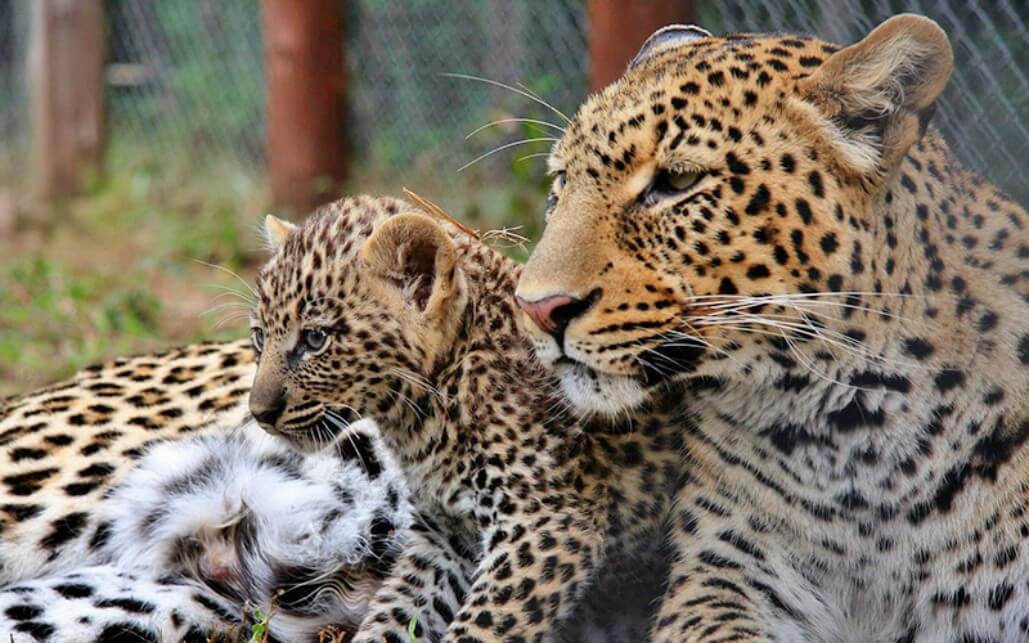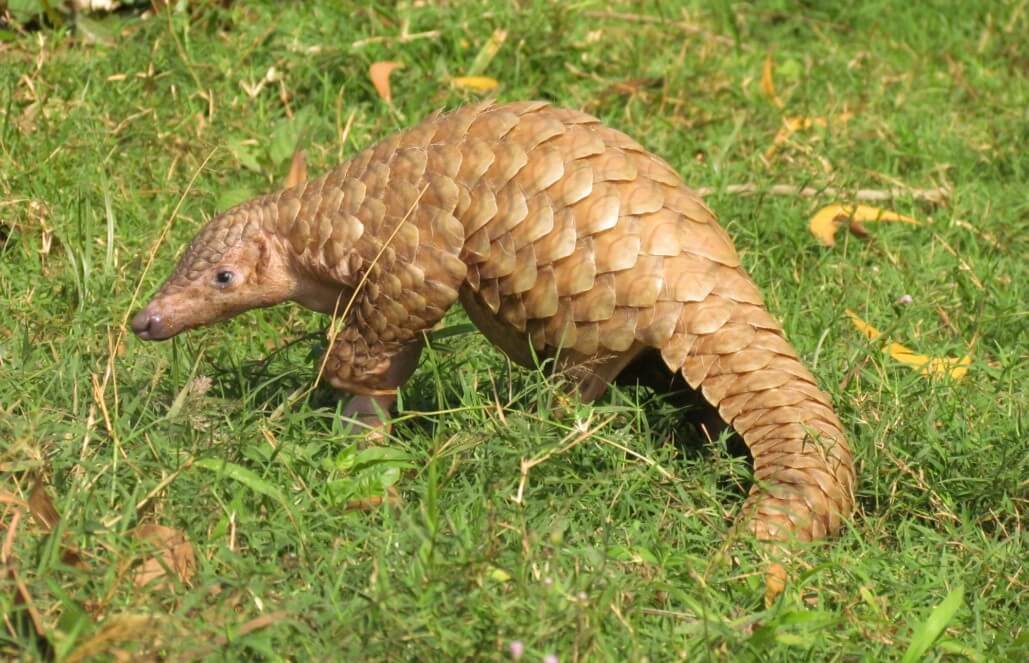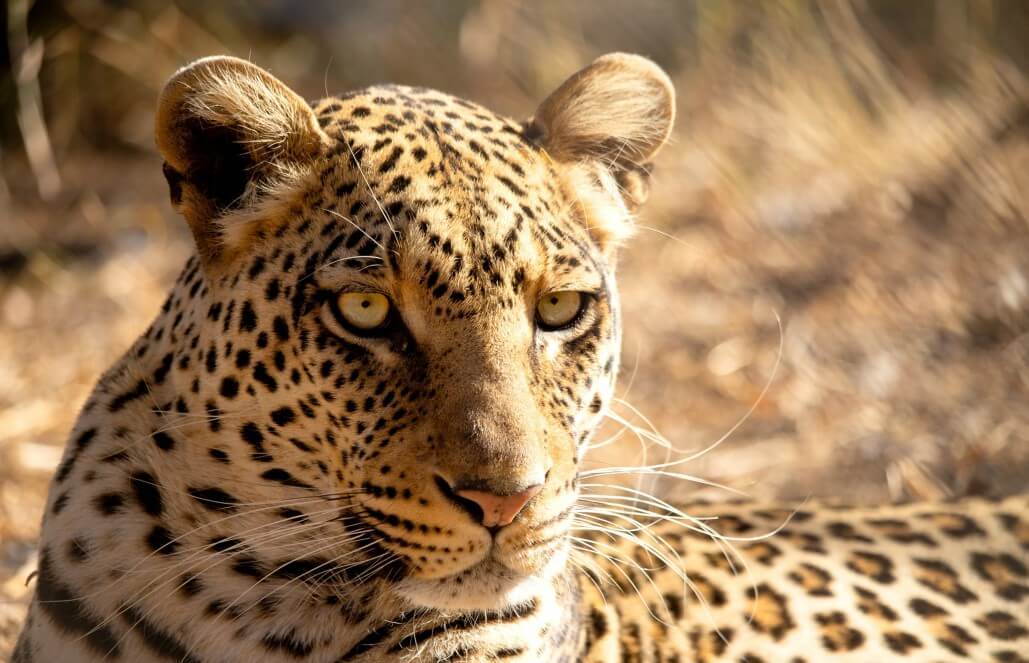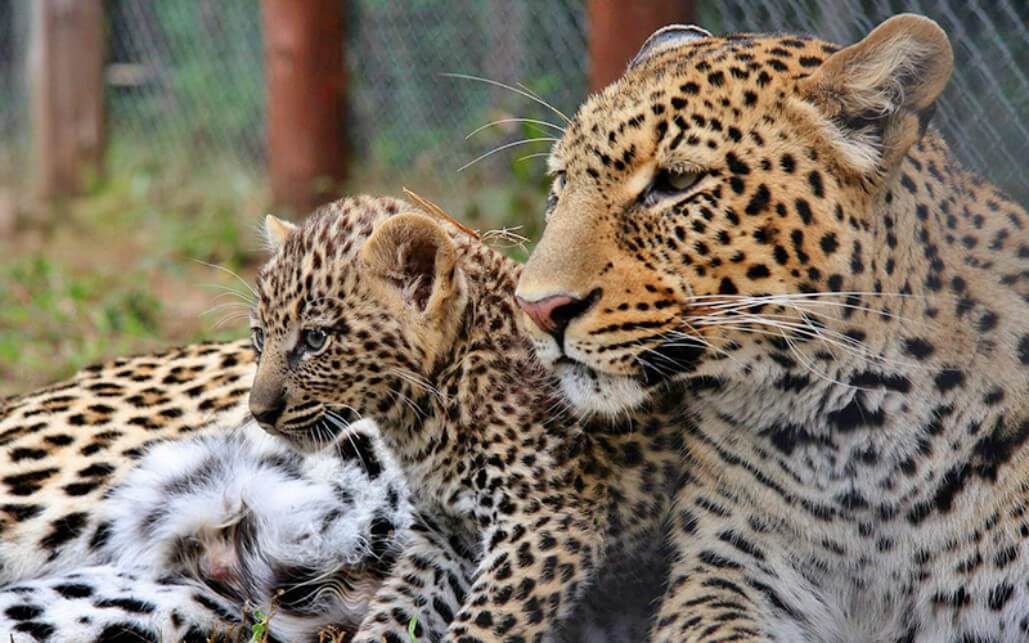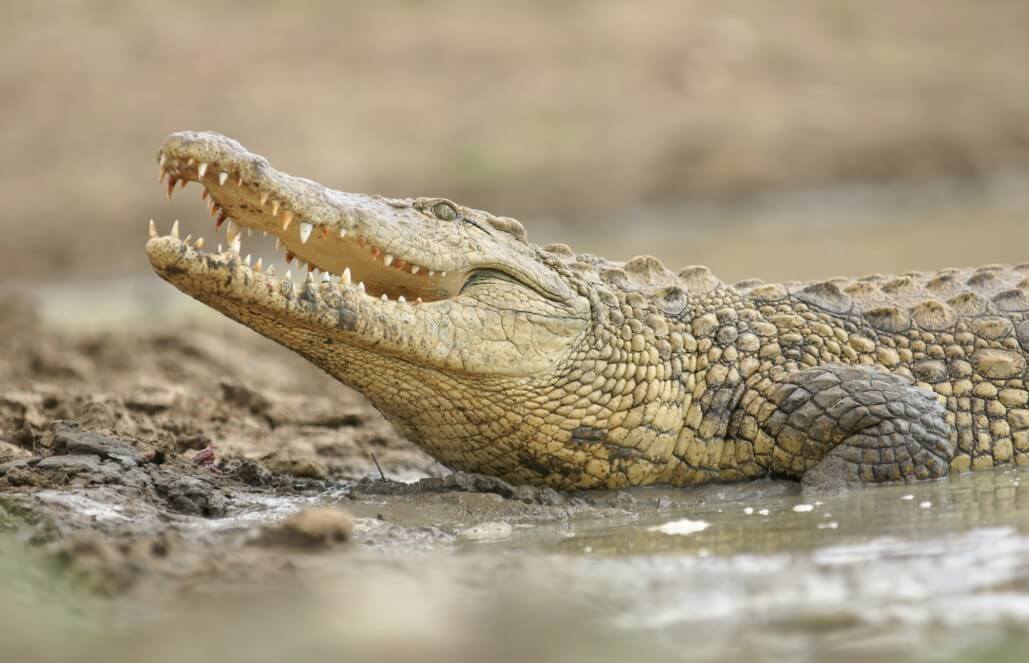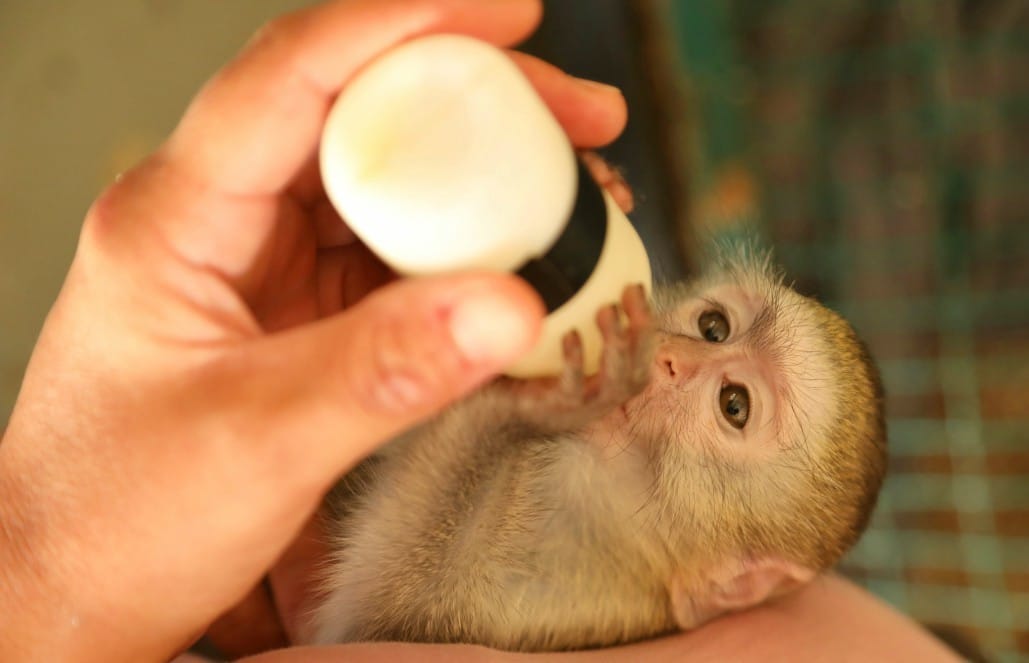Volunteering with animals and wildlife is a rewarding, fun and unique opportunity. Zimbabwean wildlife is diverse and amazing, and every wildlife lover should take up the opportunity to volunteer with animals here! This country is home to many animals unique to Africa, from the majestic African lion to tiny vervet monkeys. Many wildlife species in africa are endangered and on the verge of going extinct, due to habitat loss, illegal hunting, neglect, abuse and the list goes on.
For those who want to volunteer with Zimbabwean wildlife and also take a visit to Victoria Falls, volunteering at the African Wildlife Orphanage is the perfect solution! (And in addition to seeing magnificent waterfalls, there is also wildlife within the Victoria Falls area). Wildlife orphanages are similar to sanctuaries, in that they also take in injured animals. Volunteers will provide care for the animals, clean enclosures and may even get to participate in simple veterinary tasks and assist in releases back to the wild when possible.
Check out the Zimbabwe animals list below to see which wildlife species you may be working to conserve at this program!
1. Pangolin
When it comes to strange african animals, the pangolin is at the top of the list. These are scaled mammals that somewhat resemble anteaters and are the most trafficked mammal in the world. It is estimated that over 100,000 are trafficked into the Asian countries of China and India. In these countries, pangolin scales are considered to have medicinal properties. In Africa, pangolins are poached for their meat.
Temmicks’ Ground Pangolin is native to Zimbabwe. This particular species is labeled “vulnerable,” while other seven species of pangolin are labeled “endangered” or “critically endangered.”
The scales that cover the pangolin are made up of the protein keratin, the same protein that makes up human nails. Similar to skunks, these animals also spray offensive odors to scare off predators. Although they are nocturnal mammals, pangolins are relatively easy to capture. Their defense mechanism is rolling into a ball, which is easy for human capture, but the sharp spikes are actually able to defend them from lions.
The team and volunteers at GoEco’s African Wildlife Orphanage rescued several pangolins and released them into a Protected area in 2018 and 2019.
2. African leopard
Leopards…what is there not to love about these animals? They are fierce, with enticing eyes and beautiful, spotted fur coats. Unfortunately for leopards, their beautiful fur has made them a target for the fashion industry. The IUCN Red List currently labels leopards as “vulnerable,” meaning that they are at high risk of going extinct.
Of all of the big cats, leopards are the smallest, yet most skilled. They can run up to nearly 60 kilometers per hour and are the largest wild cats that can climb up into trees with ease. They hunt with extreme precision. When leopards spot their prey (and they will eat almost anything), they crouch down to avoid being seen, stalk their prey for several minutes and then pounce with a quick strike to the neck of their meal.
3. African lion
The king of the jungle is a magnificent animal that can be spotted in one of Zimbabwe’s numerous National Parks and game reserves. Their roars can be heard up to 8 kilometers away! In a pride of lions, the lionesses actually do the hunting instead of the males. Although they are fierce, lions are quite lazy and rest for up to 20 hours each day.
The IUCN labeled the lion population as “vulnerable.” In addition to habitat loss, lions are suffering from poaching. The lion is part of the African Big Five, and is the iconic trophy for trophy hunters.
4. Nile crocodile
The Nile crocodile is native to the freshwater habitats of Africa. This crocodile ha sa presence in 26 African countries! This species of crocodile is labeled as “least concern”, meaning that the population is stable and not currently at risk of extinction. This may be due to the fact that they are one of the most dangerous crocodile species and hundreds of people each year are killed by these giant reptiles.
These crocs can get up to five meters long and weigh up to 750 kilos! They are very social animals, and group leaders are determined based on size.
This being said, however, it is important to note that these crocs are facing threats. The team at our African Wildlife Orphanage rescued three Nile crocodiles from a bar, where they were being used as a tourist attraction. Such practices are unfortunately not uncommon.
5. Vervet monkey
Vervet monkeys are adorable Old World monkeys, native to Africa. They are extremely small, growing to only 16 or 20 inches at most. They have black faces and grey fur on their bodies. These monkeys are often studied both in the wild and captivity due to having human-like tendencies, including showing sings of hypertensions and anxiety.
Vervet monkeys are not just adorable, but also social, animals. They live in troops of 10-70, which is why a rescued vervet monkey cannot be simply thrown back into the wild; they need to be a part of a troop if they are to survive once returned to a natural habitat.
Vervet monkeys are labeled as being of “least concern” for extinction. Unfortunately, however, many vervet monkeys are stolen from their natural habitats and kept illegally as pets. This is extremely common with all species of monkeys, but particularly with such small and adorable ones such as the vervet. There are several rescued vervet monkeys at the African Wildlife Orphanage, and they will be returned to the wild once there is enough to form a strong troop.
From majestic lions and massive crocodiles to miniature monkeys, Zimbabwean wildlife species are spectacular. The local team and volunteers at the African Wildlife Orphanage work every day with various and diverse species. In addition to preparing food, feeding and cleaning the enclosures of these animals, volunteers assist in teaching local school children and community members about these amazing creatures.
GoEco’s African Wildlife Orphanage in Zimbabwe is a truly unique program. There is constant action, always animals in need of care. The orphanage takes in all injured animals, no matter the species, rehabilitates the animals and releases them into a Protected Area when possible. This program is GoEco’s top program for two years in a row, rated the highest by our volunteers. This orphanage provides the perfect opportunity for volunteers looking to gain hands-on experience in wildlife rescue and care.


